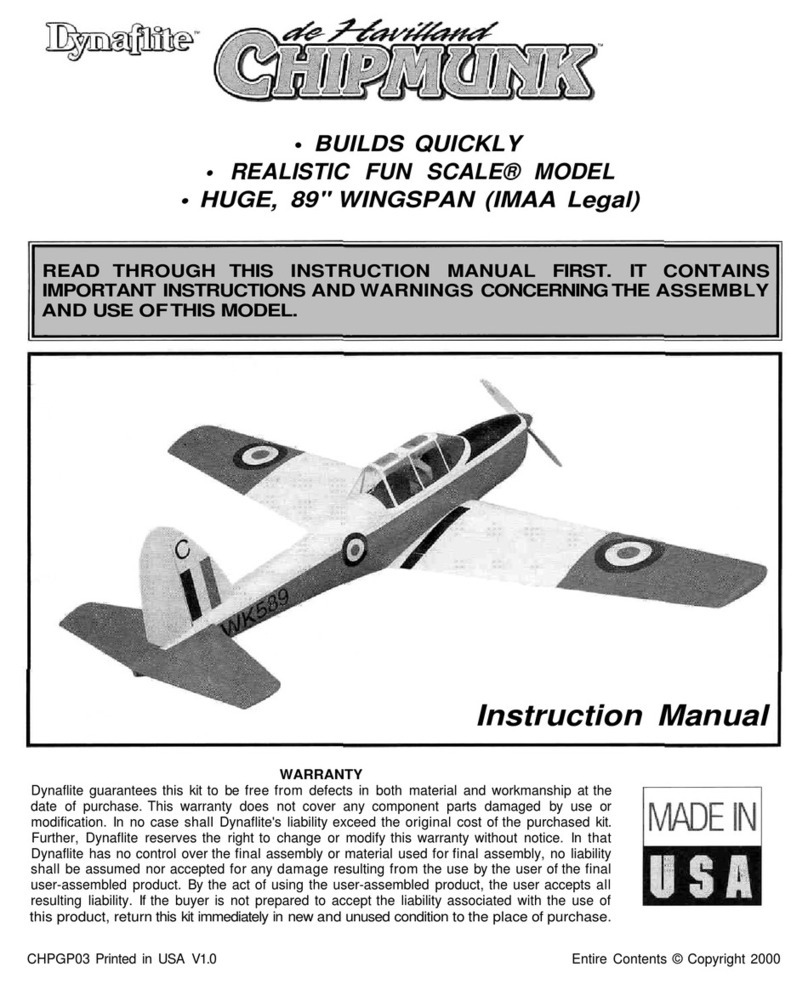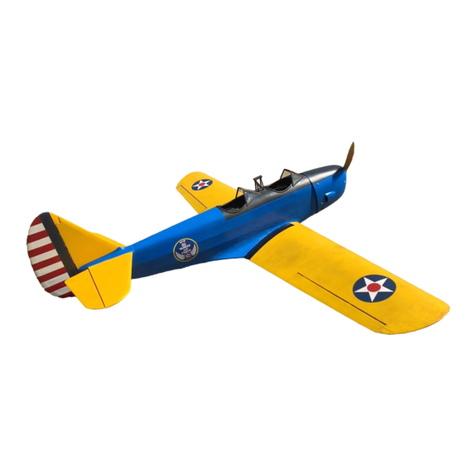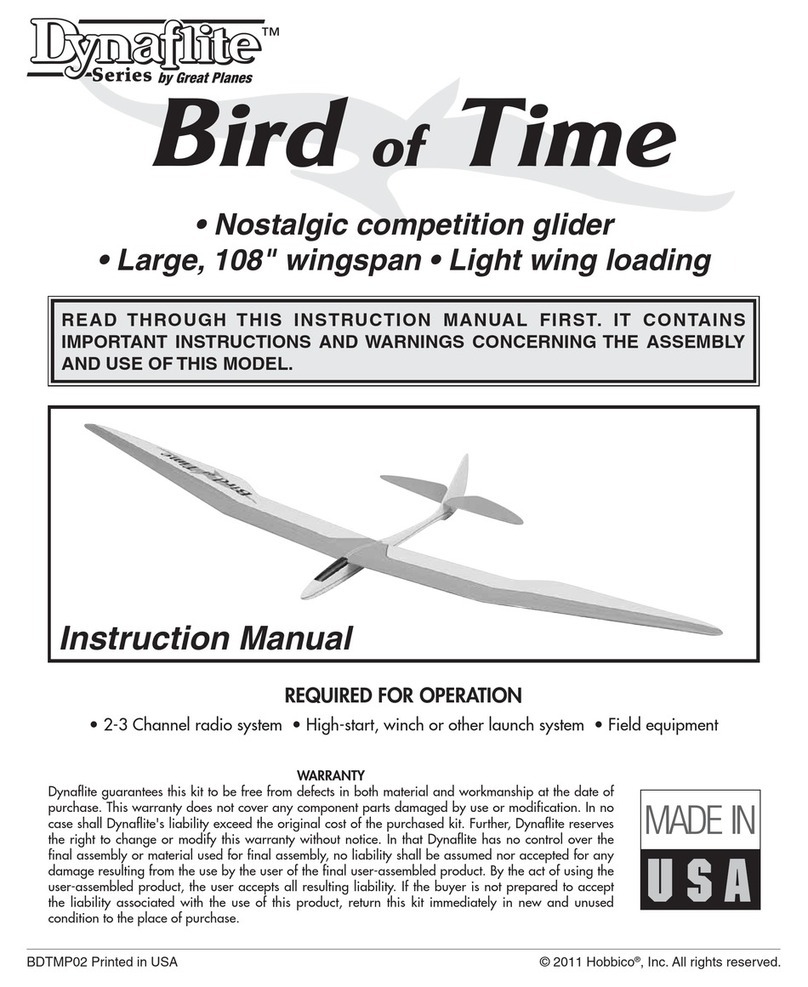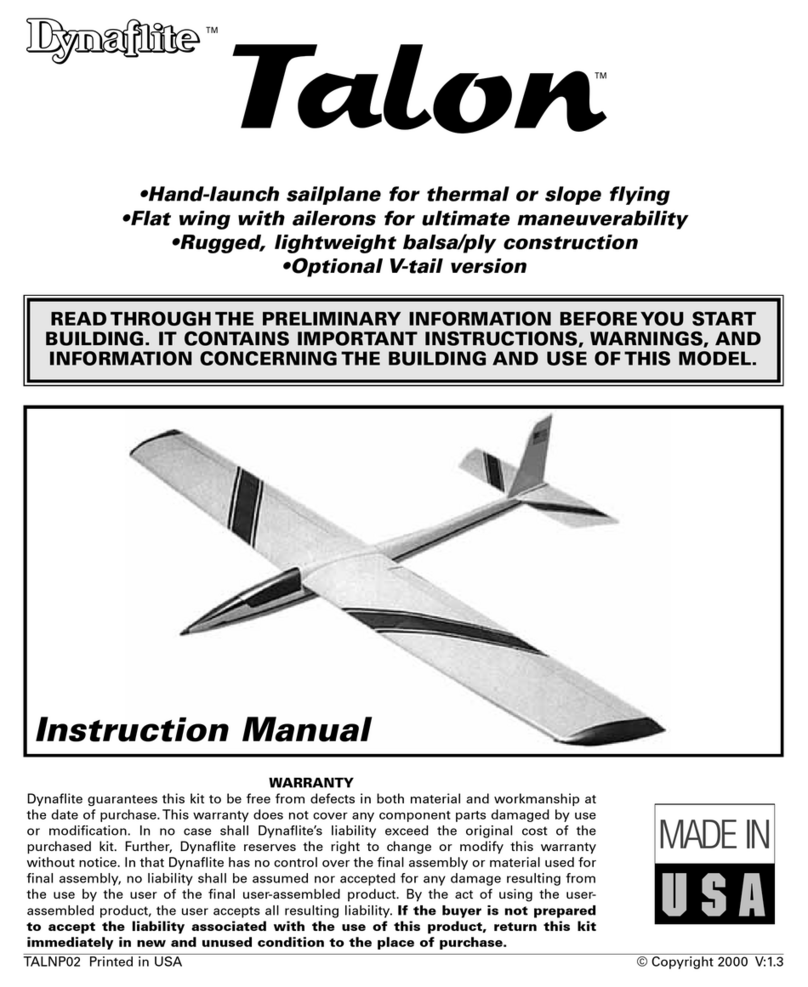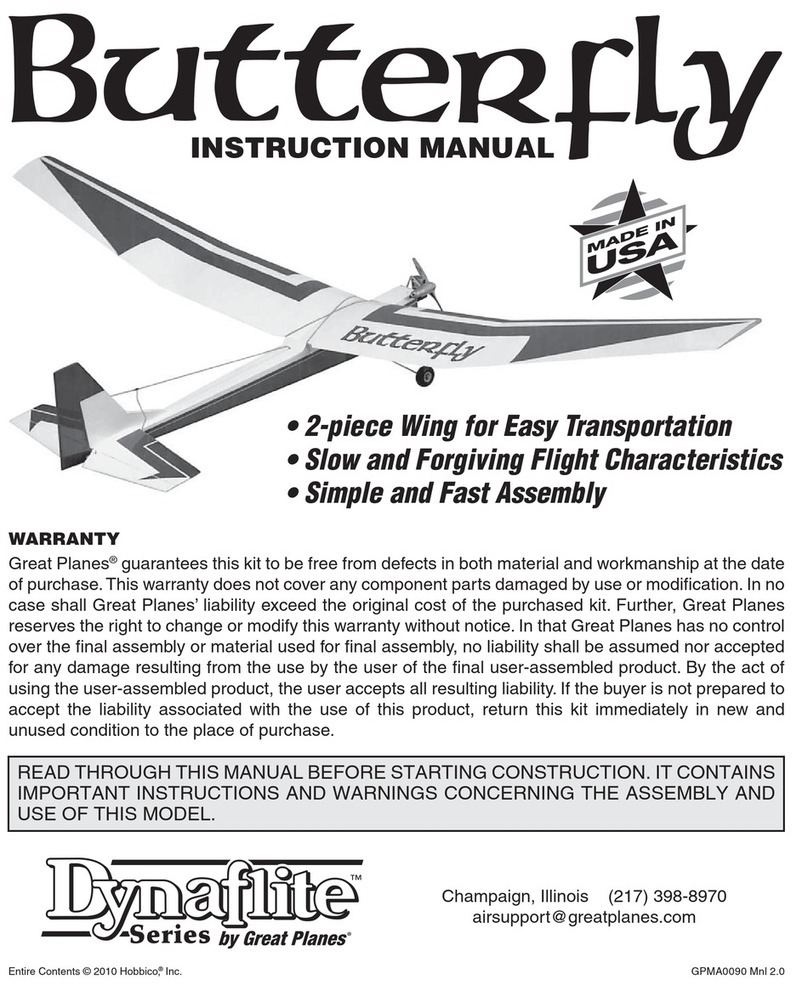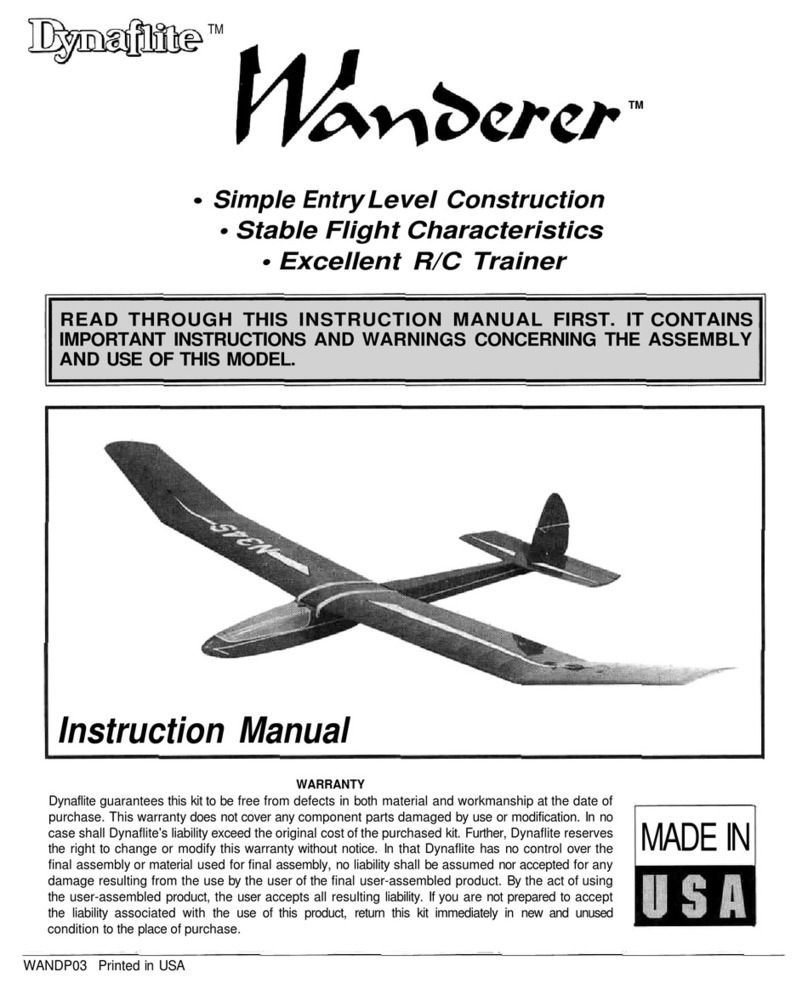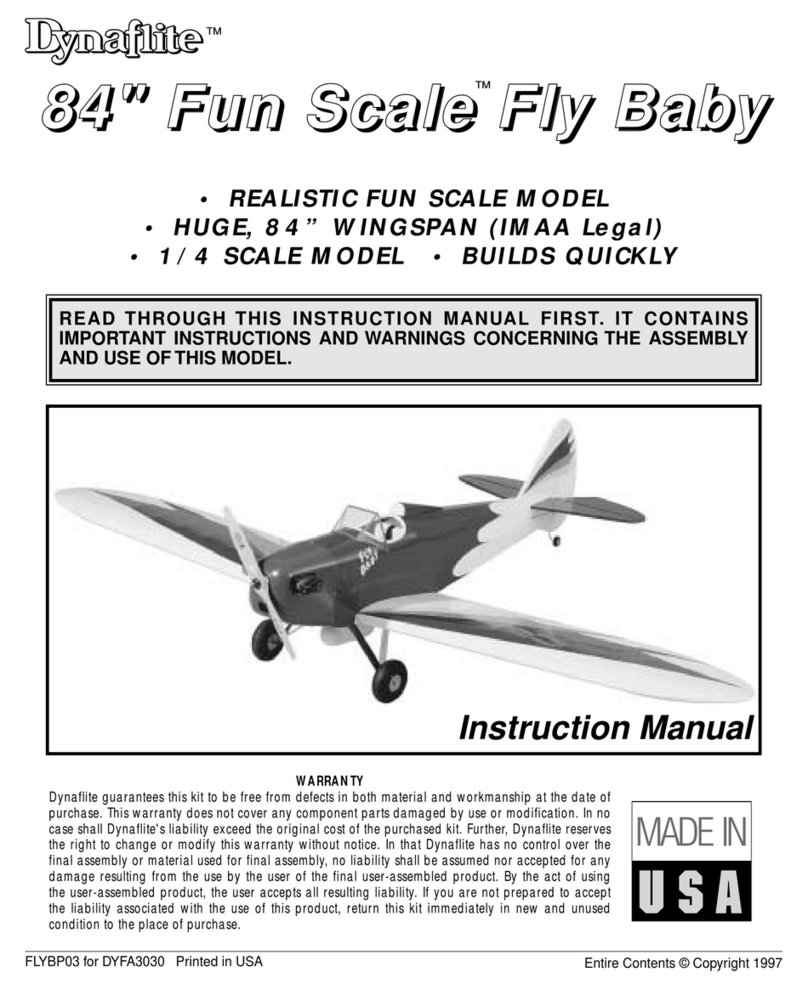
Introduction
........................................................2
Precautions
........................................................2
Preparations...................................:...................3
Required Items..............................................................3
Suggested Building Supplies
......................................3
Optional Building Supplies
..........................................4
Building
Notes
....................................................4
Adhesives
......................................................................5
Glossary ofTerms Usedin
This
Manual
&
Plans
..........................................5
Die-Cut
Pattern
..................................................7
Build
the
Stabilizer
&
Elevator
..........................8
Build the Formers
........................................................8
Build
the
Fin
and Rudder
....................................9
Bevel the
Fin
&
Rudder
................................................9
Cutting
the
Hinge
Slots
..............................................10
Build
the
Fuselage
............................................10
Fuse
Side Construction
..............................................10
Fuse
Structure
Assembly............................................
11
Preparing the Canopy
................................................13
Build
the
Wing
..................................................14
Joining
the
Wing
Panels....................................17
Align
the
Stab
to
the
Wing
..............................18
Install
the
Forward Wing
Fillet..........................18
Balance
the
Model
Laterally
............................19
Finishing............................................................19
Final
Assembly
..................................................19
Radio
Installation..............................................20
Pushrod
Installation..........................................21
Final
Hookups
&
Checks
..................................22
Radio Settings
............................................................22
Balance
the
Model
............................................22
Checking
for
Warps
..........................................23
Preflight............................................................
24
Charge
the
Batteries
........................................24
Find
a
Safe
Place
to
Fly
....................................24
Range Check
the
Radio
....................................24
AMA
Safety
Code (excerpt)
..............................24
Flying................................................................25
Trim
Flights
......................................................25
Your First Hi-start Launch
................................25
First
Flights
......................................................26
Thermal
Flying
..................................................26
Facts
About
Thermals........................................27
Thermal Soaring................................................27
Pointers
for
Contest
Flying
..............................28
Slope
Soaring....................................................29
Flying
..........................................................................29
Slope Landings
..........................................................29
Ballasting..........................................................30
Flight
Log
............................................Back
Cover
Congratulations on your choice of this kitfor
yourproject. Ifyou arenew to Radio Control
Modeling, we would like to take a minuteto
give you some information on the Daydream.
The Daydream was designed to use a modern
airfoilspecificallydesigned forthermalgliders.
The constructionof the Daydream uses the
minimum amount ofmaterialsto keep the
overall weight down. The combination of these
provides you with a model that will beable to
catch and ride out the slightest thermal.
At Dynaflite we take pride inoffering kitsthat
are simple and straightforwardto build and
provide value for your modeling dollar.
Tomake your R/Cmodeling experience totally
enjoyable,we recommendthat you get
assistancewith yourfirstflightsfroman
experienced,knowledgeablemodeler.You'll
learnfasterand avoidrisk to your model before
you're trulyreadyto solo.Your localhobby
shop has informationabout flyingclubs inyour
areawhosemembership includes qualified
instructors.
You canalsocontactthe nationalAcademy of
ModelAeronautics(AMA),whichhasmorethan
2,500 charteredclubs acrossthe country. We
recommendyou jointhe AMA, which will
provide you with insurancecoverageat AMA
club sites and events. AMA Membership is
required at chartered club fields wherequalified
2
